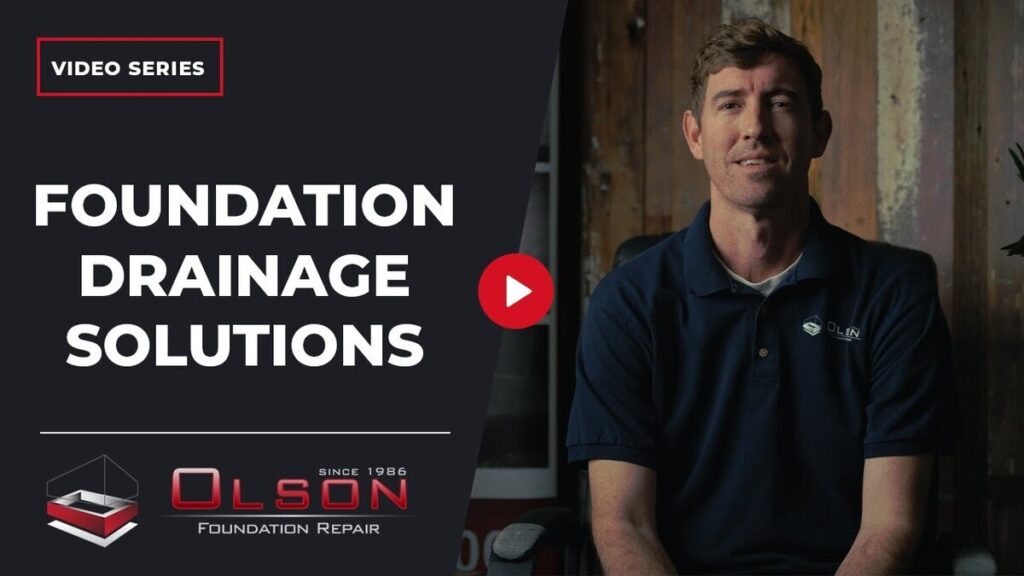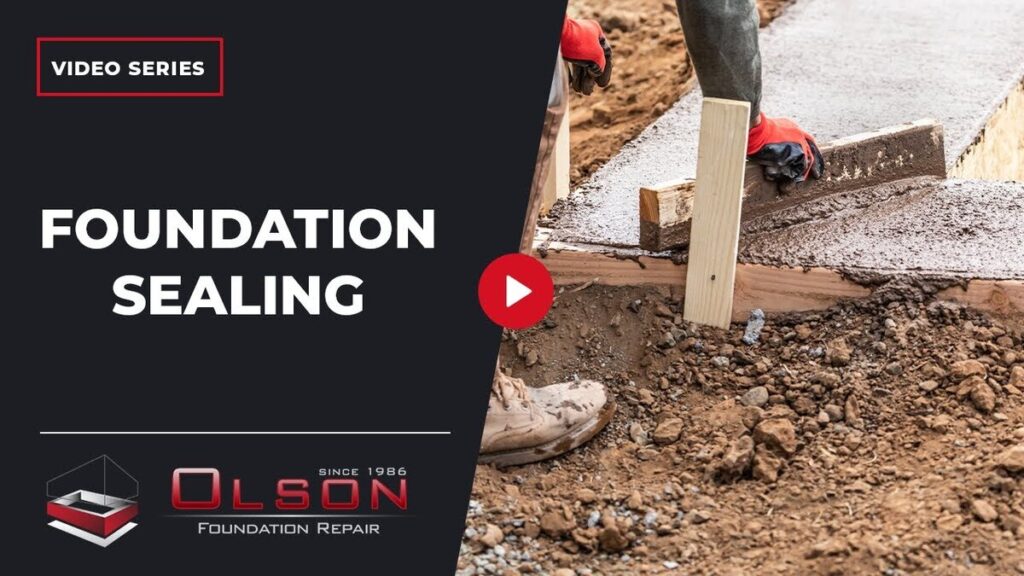Sagging floors are more than just an aesthetic problem; they can signify deeper structural challenges, especially in older homes. In this guide, we will discuss what causes sagging floors and offer practical advice on how to repair them, ensuring your home remains safe and visually appealing.
Understanding the Basics of Sagging Floors
The Age Factor in Flooring
One primary reason for sagging floors, especially noticeable in homes built in the early 1900s, is the age of the property. In areas with older neighborhoods, such as Midtown or parts of Oldland Park and Fairway, this issue is particularly prevalent. Over time, the framework of a house, which rests on its foundation, can weaken. This weakening leads to sagging or uneven floors.
Weathering and Construction Evolution
Weathering plays a significant role in the deterioration of floor integrity. Older construction methods and materials differ from those used in modern buildings. With advancements in construction techniques, newer homes are less likely to face this issue. However, older homes with original flooring are more susceptible to the effects of time and weather, leading to sagging.
Identifying Causes and Repair Strategies
Framework Concerns
When addressing sagging floors, the focus is primarily on the house’s main frame. It’s vital to understand that the framework’s condition is a direct indicator of floor stability. Sagging often implies that there might be underlying problems with the home’s foundational structure or the main frame itself.
Repair Approaches: Case by Case
Repairing sagging floors is not a one-size-fits-all situation. Each house requires a unique approach, considering its age, construction, and extent of sagging. In some cases, introducing peers, adjustable posts, new girders, or reinforcing existing ones might be necessary. The goal is not always to achieve a perfectly level floor, as this can be an extensive and costly endeavor, but rather to ensure stability and reasonable levelness.
Practical Solutions for Floor Levelling
Use of Peers and Adjustable Posts
In many repair scenarios, installing peers or adjustable posts underneath the floor can provide the necessary support to correct sagging. This method is effective in redistributing the weight and providing stability to the weakened framework.
Supporting or Replacing Girders
Another common solution involves reinforcing or replacing the existing girders. Girders are the main supporting beams of a floor. Over time, these can weaken or deteriorate, leading to floor sagging. By strengthening these critical components, the floor’s integrity can be restored.
Addressing Sagging Floors in Older Homes
The Challenge of Perfect Leveling
Achieving perfect leveling in an older house is often an unrealistic and excessively expensive goal. However, the aim should be to balance out the floor to a functional and safe degree. Complete leveling is less important than ensuring the structural integrity and safety of the home.
Customized Approach for Each Home
Every old house with sagging floors demands a customized repair plan. Factors like the house’s age, original construction materials, and the degree of sagging play a significant role in determining the most effective repair strategy.
Conclusion
Understanding what causes sagging floors and how to repair them is key to addressing this common issue in older homes. Each home presents unique structural challenges, making it essential to tailor repair strategies to individual situations. By recognizing that solutions vary from one property to another, homeowners can effectively tackle sagging floors, ensuring both safety and aesthetic appeal in their homes.
If you’re facing this issue and need professional advice or assistance, don’t hesitate to contact us for guidance tailored to your needs.




